
Roman mythology, along with Greek mythology, is the basis of the culture of the ancient world. A prominent character in this mythology is the deity Janus. It is popular in the mass culture of Europe in the Middle Ages and the New Age, and remains recognizable even now! Consider the position of this character in the pantheon of Roman deities and the role in the daily life of the Romans, especially during the period of the Republic.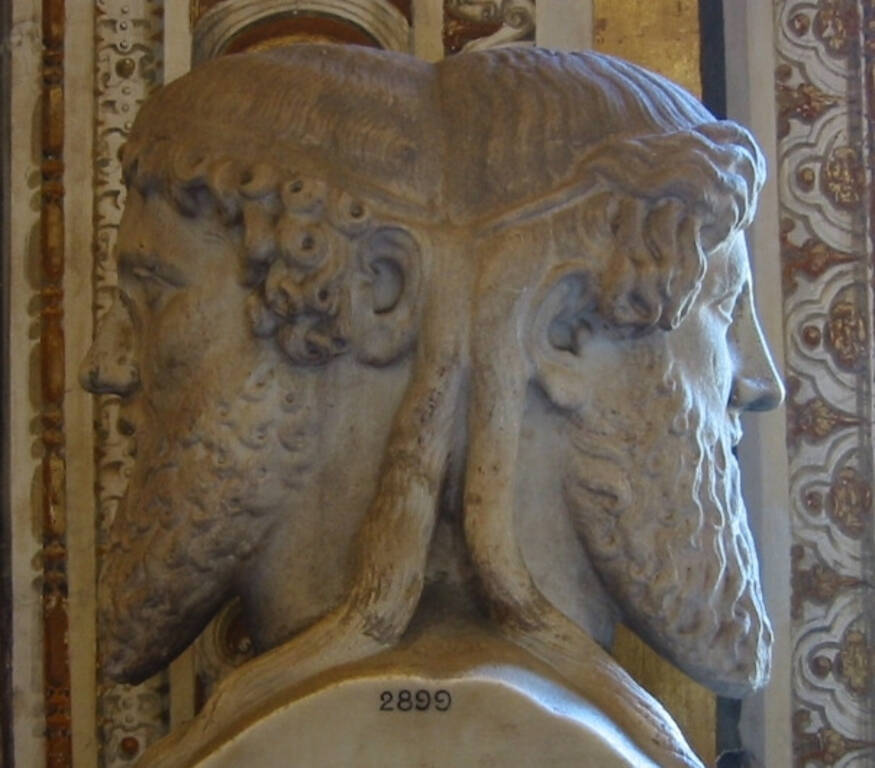

Janus Two-faced, Vatican Museums
Ianus in Latin means the door, as well as the beginning of the path. The month of January is named after him. Janus was one of the most important gods and has been revered since the founding of Rome, many researchers believe that he was revered as far back as pre-Roman times. According to Roman mythology, Janus was present at the beginning of the world. As the god of the gate, Janus guarded the gates of heaven, opening access to the sky and other gods.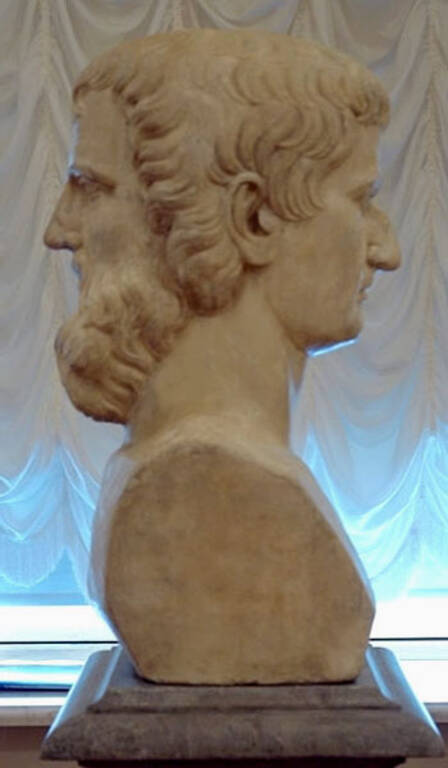

Janus Two-faced, Mikhailovsky Museum, St. Petersburg
For this reason, Janus was often honored first in ancient Roman religious ceremonies, and during public sacrifices, Janus was sacrificed before any other deity. He was the god of gates and doors for mortals too.
Janus saw life and death at the same time, the beginning and end of any business, undertaking and inventions. The Romans believed Janus to govern the events of life, including births, marriages and deaths, the planting and harvesting of crops, seasonal changes, the beginning and end of a year and an entire era. As well as war and peace.
Therefore, Janus is depicted with two faces - one turned to the past, and the other to the future.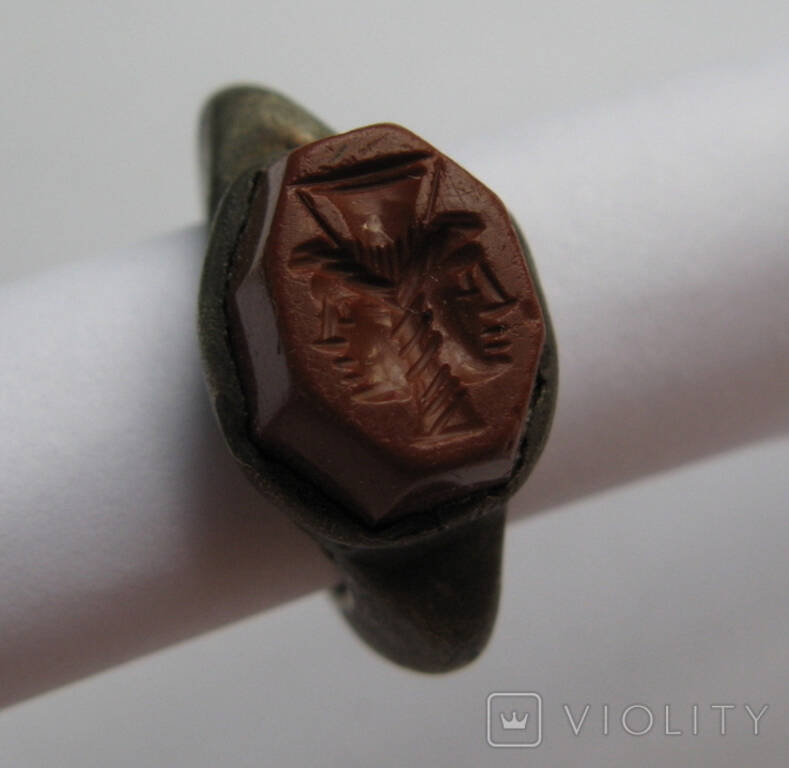

violity.com
Violity presents an excellent Roman ring depicting Janus.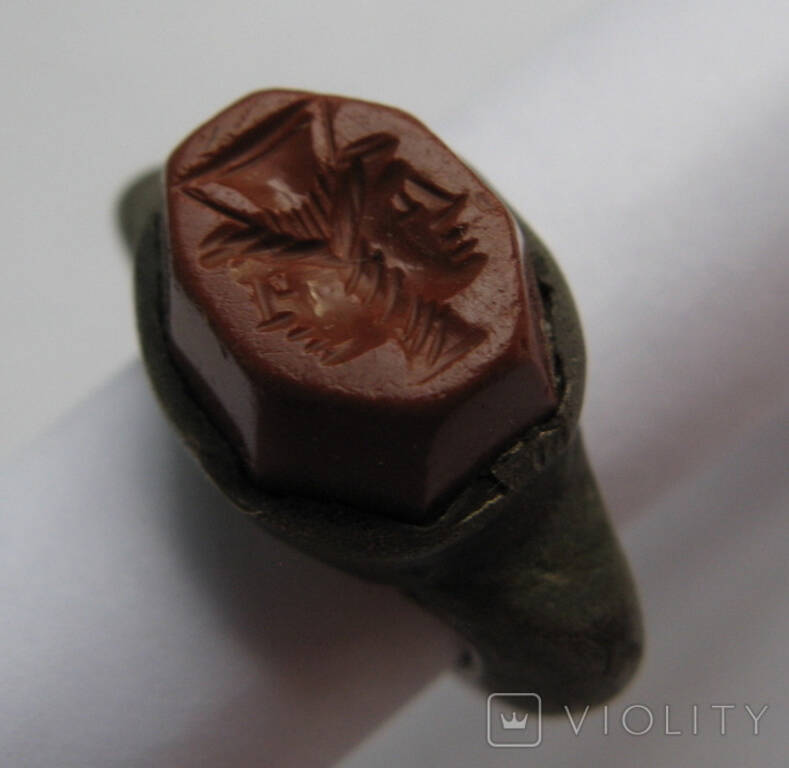

violity.com
Its owner was confident in the patronage of the deity.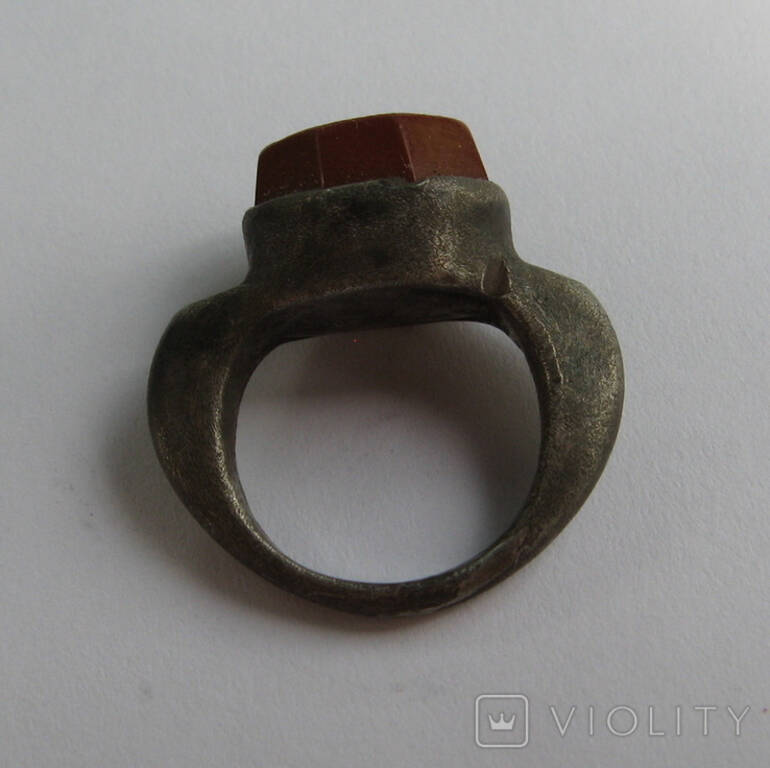

violity.com
Janus on the ring meant good luck for its owner throughout the life path,
from the past to the future, good luck in business, happiness in family life.

violity.com
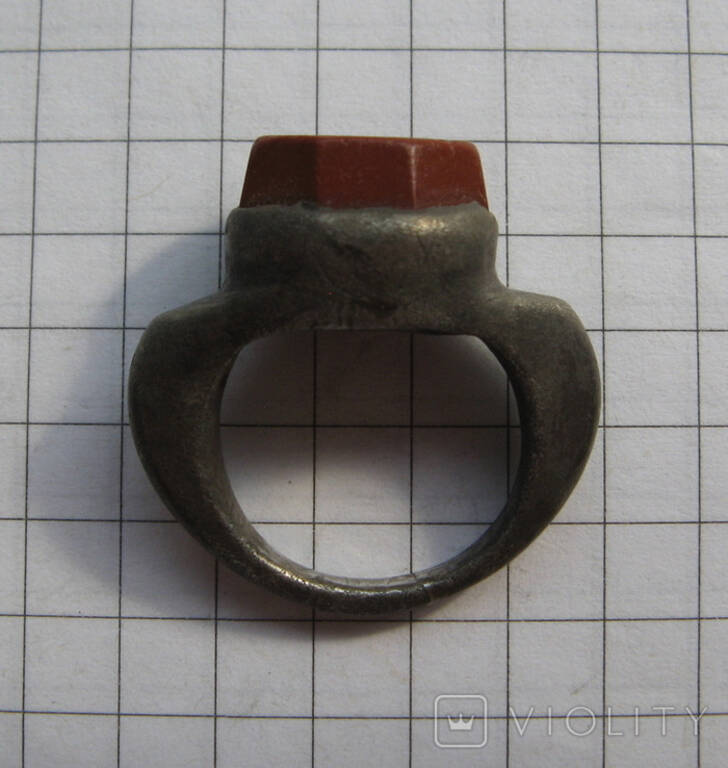
violity.com
With the beginning of coinage, Janus Two-faced was an invariable attribute of the obverse in the period of the early republic. Often depicted on coins in the period of the empire. The very first and largest coin, which in different periods of issue weighed 341, 327 or 272 grams, was a copper ass. It began to be minted shortly before the First Punic War. Ass is shown in the illustration below.

At the end of the 2nd century BC, silver coins were minted.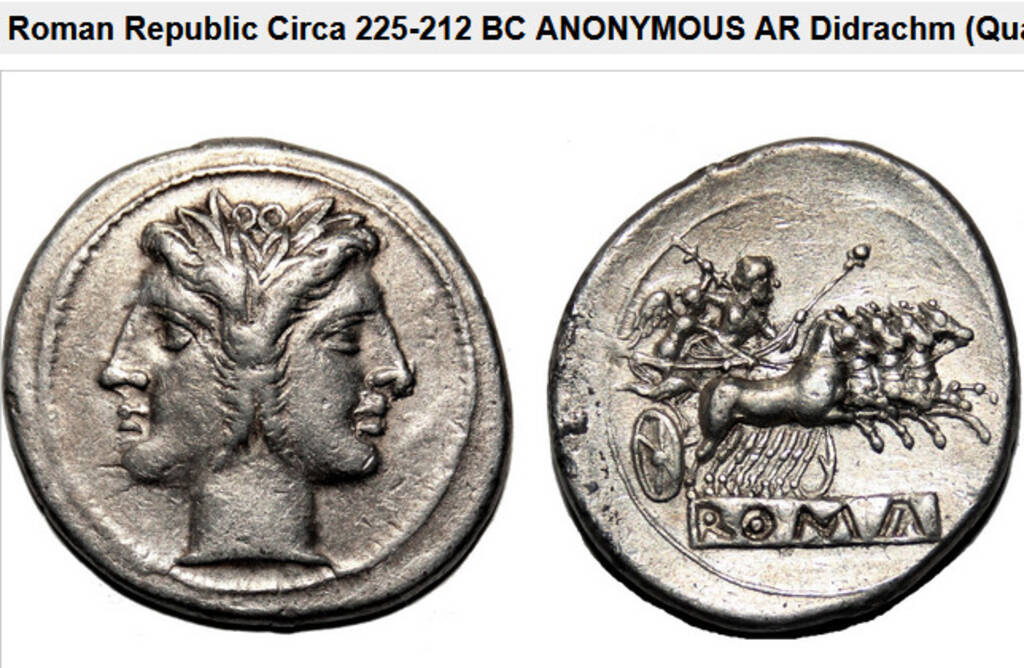

Didrachm from the Second Punic War
and gold also containing the image of Janus.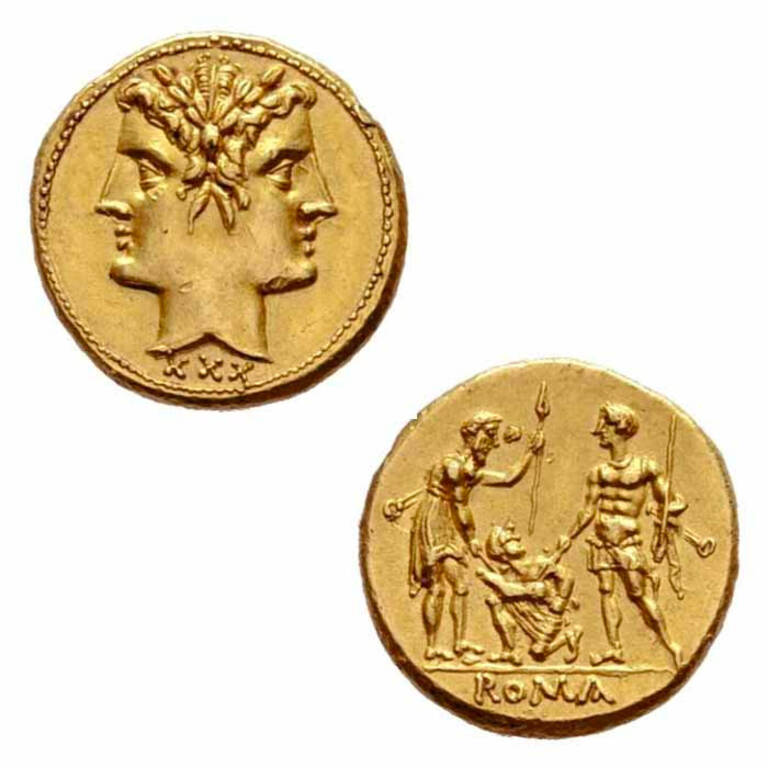

30 asses 217 - 215 BC e. - gold coin of the early Roman Republic. Gold, weight 4.48 grams.
In the Ancient Temple of Janus, built by the second king of Rome, Numa Pompilius, the gates were closed only during the period of peace, which happened very rarely.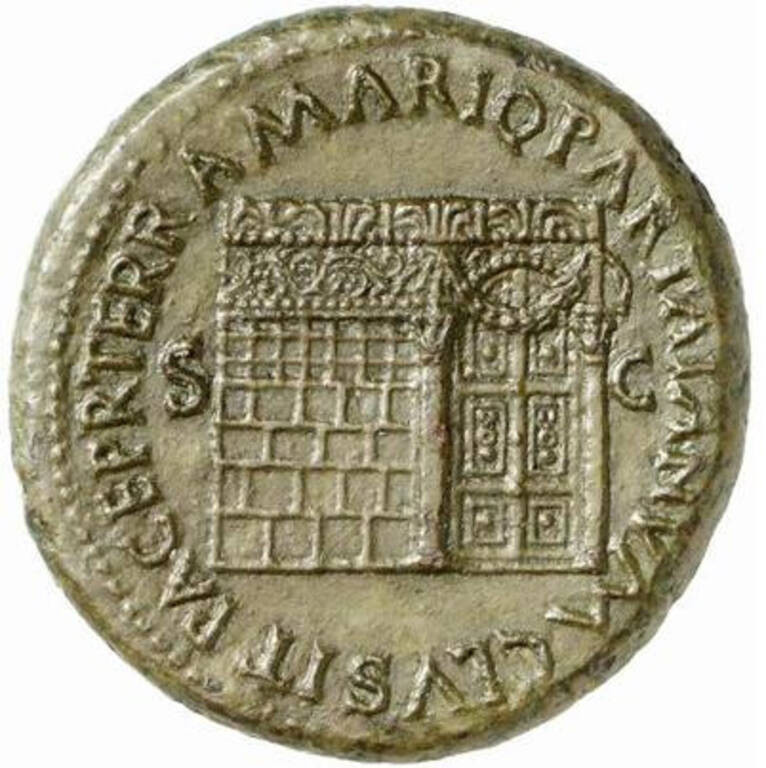

The closed doors of the Temple of Janus. Sestertius of Nero, Lugudunum Mint
The image of the temple of Janus with closed doors (which meant peace) is placed on the coin of Emperor Nero.
